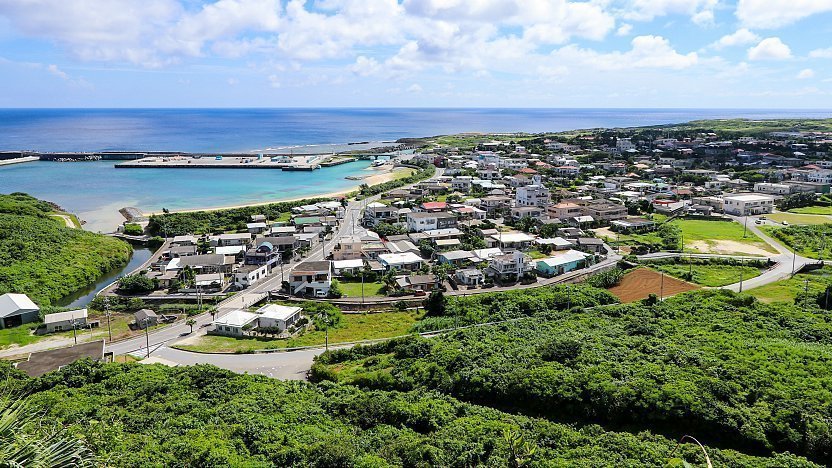Macro photography is the craft of catching close-up shots of bugs, blossoms, water drops, and other little subjects. It includes utilizing a day to day existence size or more prominent measure of amplification when shooting these little animals or items. This specialty is a significant piece of nature photography and logical exploration, making it a wide learning field for picture takers.
Much the same as different kinds of photography, this photography has advanced consistently. During the simple time, lovers needed to utilize single-focal point reflex cameras and some unique hardware to catch large scale shots. However, these days, computerized innovation has made full scale focal point photography more available to photographic artists of all expertise levels.
Macro photography is a difficult, yet extremely fulfilling, specialty to get into. It might take some time before you can catch that ideal large scale picture. Yet it’ll be justified, despite any trouble once you do and if you have a good camera and a good budget monitor for photo editing. Also, we have a couple of other tips and deceives to help you make that triumphant effort.
Understanding Key Terms in Macro Photography
Amplification and working distance are both significant terms in full scale or close-up photography. Yet, what do these words really mean, and how would they help you shoot shocking large scale shots? How about we dive somewhat more profound into each term.
Magnification
Seeing how huge or little your subject will look like on your camera sensor is a fundamental part of full scale photography. Amplification is the worth you get when you analyze your subject’s size as seen by the sensor to its genuine size. A 1:1 proportion just implies that your subject has reached “life-size” amplification. There’s likewise “half-life-size” amplification, which alludes to 1:2 amplification.
Working distance
Working distance is the distance between the front of your focal point and your closest subject. Six inches (15 cm) is great on the off chance that you need to shoot little subjects. Camera focal points will get the littlest working distance at 1:1 amplification. They can even accomplish a bigger distance on the off chance that they have longer central lengths.
Choosing the Right Camera & Lens for Macro Photography
A photographic artist ought to have a decent camera and focal point in their munititions stockpile, particularly in the event that they’re plunging into large scale photography. Here are a few hints on picking the ideal blend for your nearby shots.
Cameras for Macro Photography
DSLR and mirrorless cameras are top decisions for large scale photography. In case you’re wanting to shoot large scale photographs with any of these cameras, you ought to get one that will allow you to utilize a decent large scale focal point. Your camera ought to have as little slack as could really be expected, as well.
In case you’re searching for a more financial plan well disposed choice, a simple to use model is a decent other option. These cameras are normally acceptable at close centering, as their focal points have short, single-digit central reaches. Most point-and-shoots can even concentration down to a couple of centimeters from their front focal point components to help you catch full scale photographs without any problem.
Regardless of whether you’re inclining toward a DSLR, mirrorless, or simple to use camera, numerous brands offer appropriate models for large scale focal point photography. View a portion of our top picks underneath.
Lens for Macro Photography
Since you have your camera, it’s an ideal opportunity to combine it with a decent large lens. Lovers have a couple of incredible alternatives, including augmentation tubes and switching lens. A standard camera lens with expansion tubes on it offers some amplification, while a switched lens and augmentation tubes convey more prominent amplification.
In any case, in case you’re new to large scale photography, a committed lens for your camera is the most advantageous and flexible choice that you have. A ton of well-known large scale lens have central lengths between 90 to 105mm and 1:1 amplification. Different lens highlight more limited central lengths with more limited working distances. So they may require you to come nearer to your subject as you shoot.








